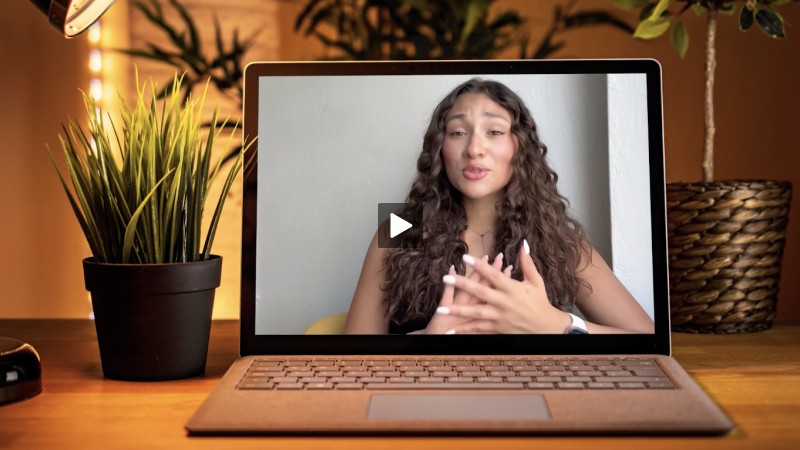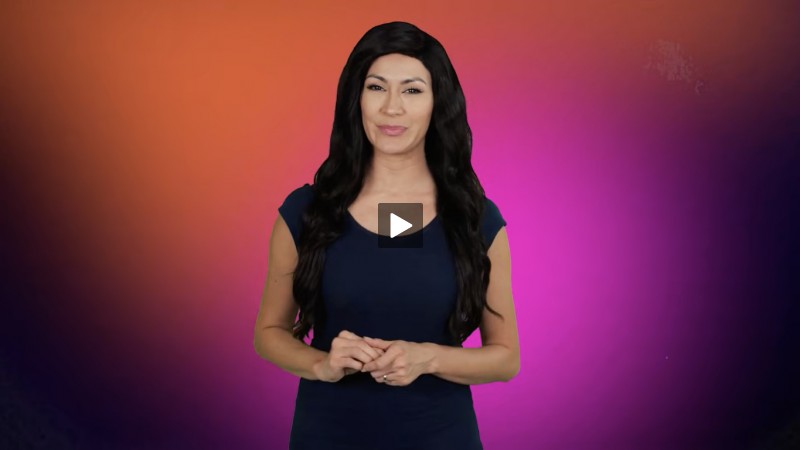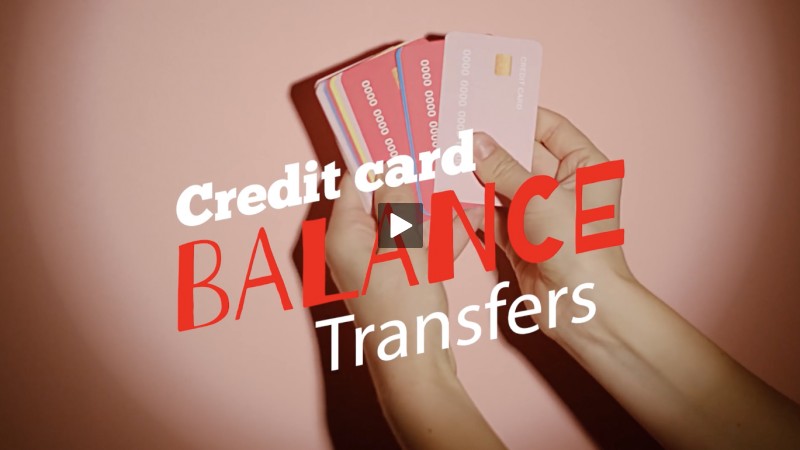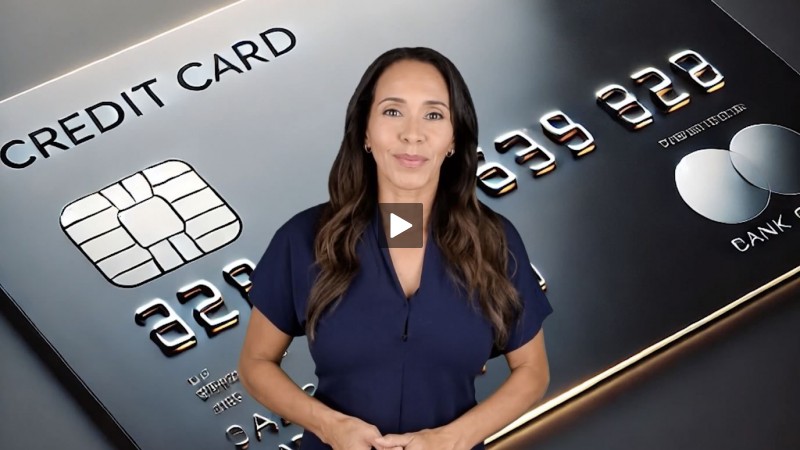No Overdraft Fees? What's the Catch?
- Details
- Written by Remar Sutton
- Category: Articles

Keep more of your hard-earned money by knowing which fees impact your accounts.
Overdraft fees have been in the news recently as some large banks have announced eliminating or reducing these fees. According to the Consumer Financial Protection Bureau, overdraft and non-sufficient funds (NSF) fees cost consumers an estimated $15.5 billion in 2019.
Keep more of your hard-earned money by knowing which fees impact your accounts.
What's the Problem with Overdraft and NSF Fees?
While amounts vary between financial institutions, overdraft fee charges have usually been around $30 to $35 per transaction. In addition, the limit on the number of overdraft fees charged per day can be as high as 4 or more.
What Do These Changes Mean for You?
Let's start with a few quick definitions. If your account doesn't have enough funds to cover a transaction such as a check or automatic payment, that transaction is refused (also called a bounce). If this occurs, you may be charged a non-sufficient funds fee. Instead of refusing a transaction, the financial institution may pay it anyway causing an overdraft of your account. If this occurs, you may be charged an overdraft fee. Your financial institution may offer overdraft protection which will cover the overdraft by transferring funds from a linked account, credit card, or line of credit but you may still be charged a fee.
The changes announced vary by financial institution. Examples include:
- Eliminating NSF fees when transactions bounce.
- Reducing the overdraft fee.
- Reducing the number of overdraft/NSF fees charged per day.
- Specifying how much an account can go negative before charging an overdraft fee.
- Giving an account holder to the next day or other grace period to bring an account back to positive before charging an overdraft fee.
Avoid Overdraft/NSF and Other Fees
Even though overdraft and NSF fees can be among the most costly, there may be other fees and costs that can impact your account. Examples include monthly service fees, minimum balance requirements, and ATM fees.
Avoid overdraft/NSF and other fees with these tips.
Check what fees apply to your account.
Keep track of your income and expenses by date and amount. A budgeting or personal finance app or spreadsheet can help. Remember to include any automatic payments.
Sign up for email or text alerts to monitor your balance and when bills are due.
Opt out of overdraft services for some types of transactions such as debit card purchases.
Consider overdraft protection if you can link to a savings account. Using a credit card or line of credit could be more costly.
If you decide to change accounts, look for an account that has no overdraft fees and has low fees. Some financial institutions already have these accounts and others are adding them. These accounts may have specific requirements that you must meet.
You may want to check out Bank On Accounts which are offered by many major banks and credit unions. These low-fee accounts are designed for low-income individuals who are typically unbanked or underbanked.
Keep more of your hard-earned money by knowing which fees impact your accounts.


































